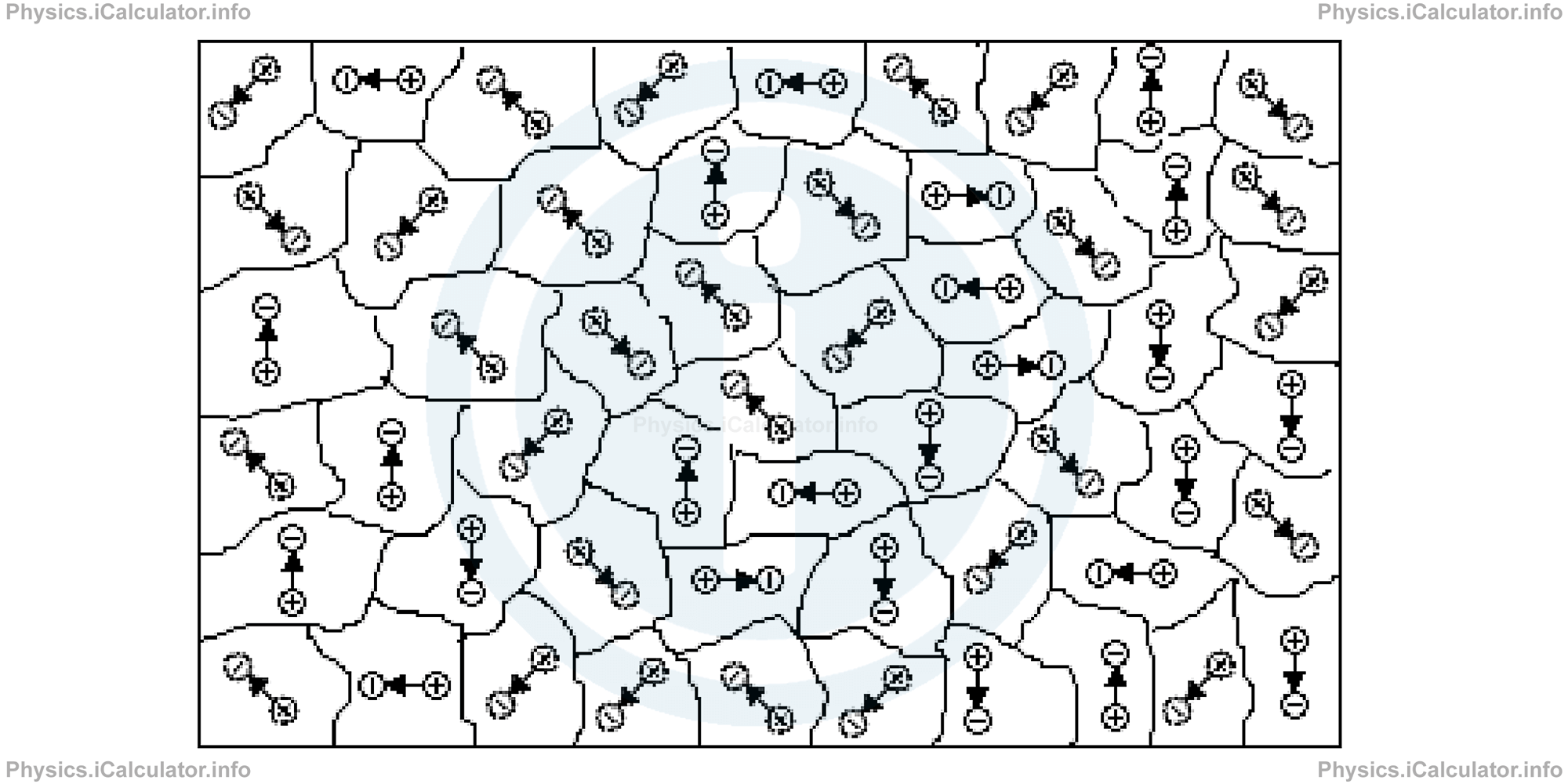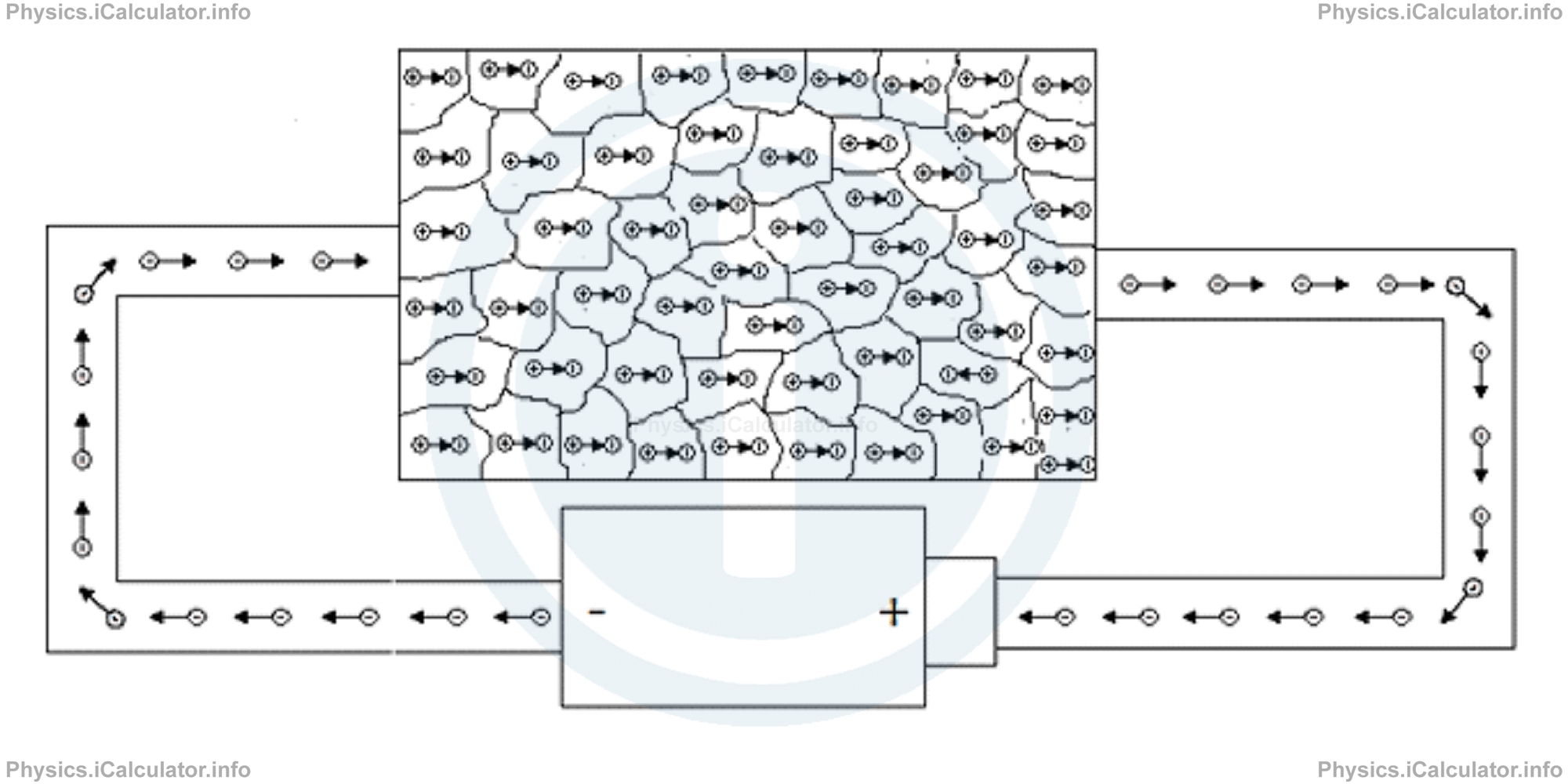Menu
Physics Lesson 16.1.4 - How is a Magnet Produced?
Please provide a rating, it takes seconds and helps us to keep this resource free for all to use
Welcome to our Physics lesson on How is a Magnet Produced?, this is the fourth lesson of our suite of physics lessons covering the topic of Introduction to Magnetism, you can find links to the other lessons within this tutorial and access additional physics learning resources below this lesson.
How is a Magnet Produced?
A magnet can be divided in pieces (as discussed in the above example) to obtain smaller magnets. This process lasts until we obtain a single proton-electron pair. Such pairs known as dipoles are the smallest magnets possible. Dipoles are assumed as enclosed within small rooms called domains where each domain contains a single dipole. In normal conditions, all materials are neutral and their dipoles are randomly oriented as shown in the figure.

When we allow some electric current flow through material, the dipoles are oriented according the direction of electric current. In this way, a bipolar magnetic material is obtained. The total charge is still zero; this means the object is only magnetised, not electrically charged. This method of magnetisation is known as the electrical method. Look at the figure:

Other ways to obtain a magnet include:
- Contact method consisting in touching a magnet with a metal that possesses magnetic properties. In this way, the metal is magnetised after a certain period due to the regular orientation of its dipoles;
- Induction method, i.e. bringing a non-magnetized metal near a magnet. After a while, the metal is magnetised, i.e. its dipoles are oriented according the magnetic field lines;
- Stroking method. If we strike gently a steel needle by a magnet, the needle is magnetised after a number of strokes.
Demagnetisation, i.e. the process of magnetism removal from a magnetised object, is carried out in one of the three following ways:
- By striking the magnet with a hammer. Strong strokes distort the regular orientation of magnetic dipoles, turning the metal in the state is has been prior to becoming a magnet.
- By dropping the magnet from a height. This method works in a very similar way to the previous one.
- By heating the magnet. Heating an object results in a higher kinetic energy of its molecules. This brings a less regular orientation of dipoles and consequently, a decrease in the magnetic properties of the object.
You have reached the end of Physics lesson 16.1.4 How is a Magnet Produced?. There are 9 lessons in this physics tutorial covering Introduction to Magnetism, you can access all the lessons from this tutorial below.
More Introduction to Magnetism Lessons and Learning Resources
Whats next?
Enjoy the "How is a Magnet Produced?" physics lesson? People who liked the "Introduction to Magnetism lesson found the following resources useful:
- Production Feedback. Helps other - Leave a rating for this production (see below)
- Magnetism Physics tutorial: Introduction to Magnetism. Read the Introduction to Magnetism physics tutorial and build your physics knowledge of Magnetism
- Magnetism Revision Notes: Introduction to Magnetism. Print the notes so you can revise the key points covered in the physics tutorial for Introduction to Magnetism
- Magnetism Practice Questions: Introduction to Magnetism. Test and improve your knowledge of Introduction to Magnetism with example questins and answers
- Check your calculations for Magnetism questions with our excellent Magnetism calculators which contain full equations and calculations clearly displayed line by line. See the Magnetism Calculators by iCalculator™ below.
- Continuing learning magnetism - read our next physics tutorial: Magnetic Field Produced by Electric Currents
Help others Learning Physics just like you
Please provide a rating, it takes seconds and helps us to keep this resource free for all to use
We hope you found this Physics lesson "Introduction to Magnetism" useful. If you did it would be great if you could spare the time to rate this physics lesson (simply click on the number of stars that match your assessment of this physics learning aide) and/or share on social media, this helps us identify popular tutorials and calculators and expand our free learning resources to support our users around the world have free access to expand their knowledge of physics and other disciplines.
Magnetism Calculators by iCalculator™
- Angular Frequency Of Oscillations In Rlc Circuit Calculator
- Calculating Magnetic Field Using The Amperes Law
- Capacitive Reactance Calculator
- Current In A Rl Circuit Calculator
- Displacement Current Calculator
- Electric Charge Stored In The Capacitor Of A Rlc Circuit In Damped Oscillations Calculator
- Electric Power In A Ac Circuit Calculator
- Energy Decay As A Function Of Time In Damped Oscillations Calculator
- Energy Density Of Magnetic Field Calculator
- Energy In A Lc Circuit Calculator
- Faradays Law Calculator
- Frequency Of Oscillations In A Lc Circuit Calculator
- Impedance Calculator
- Induced Emf As A Motional Emf Calculator
- Inductive Reactance Calculator
- Lorentz Force Calculator
- Magnetic Dipole Moment Calculator
- Magnetic Field At Centre Of A Current Carrying Loop Calculator
- Magnetic Field In Terms Of Electric Field Change Calculator
- Magnetic Field Inside A Long Stretched Current Carrying Wire Calculator
- Magnetic Field Inside A Solenoid Calculator
- Magnetic Field Inside A Toroid Calculator
- Magnetic Field Produced Around A Long Current Carrying Wire
- Magnetic Flux Calculator
- Magnetic Force Acting On A Moving Charge Inside A Uniform Magnetic Field Calculator
- Magnetic Force Between Two Parallel Current Carrying Wires Calculator
- Magnetic Potential Energy Stored In An Inductor Calculator
- Output Current In A Transformer Calculator
- Phase Constant In A Rlc Circuit Calculator
- Power Factor In A Rlc Circuit Calculator
- Power Induced On A Metal Bar Moving Inside A Magnetic Field Due To An Applied Force Calculator
- Radius Of Trajectory And Period Of A Charge Moving Inside A Uniform Magnetic Field Calculator
- Self Induced Emf Calculator
- Self Inductance Calculator
- Torque Produced By A Rectangular Coil Inside A Uniform Magnetic Field Calculator
- Work Done On A Magnetic Dipole Calculator